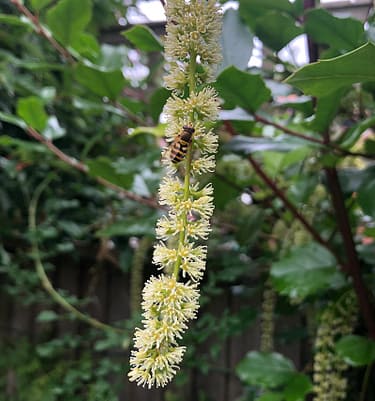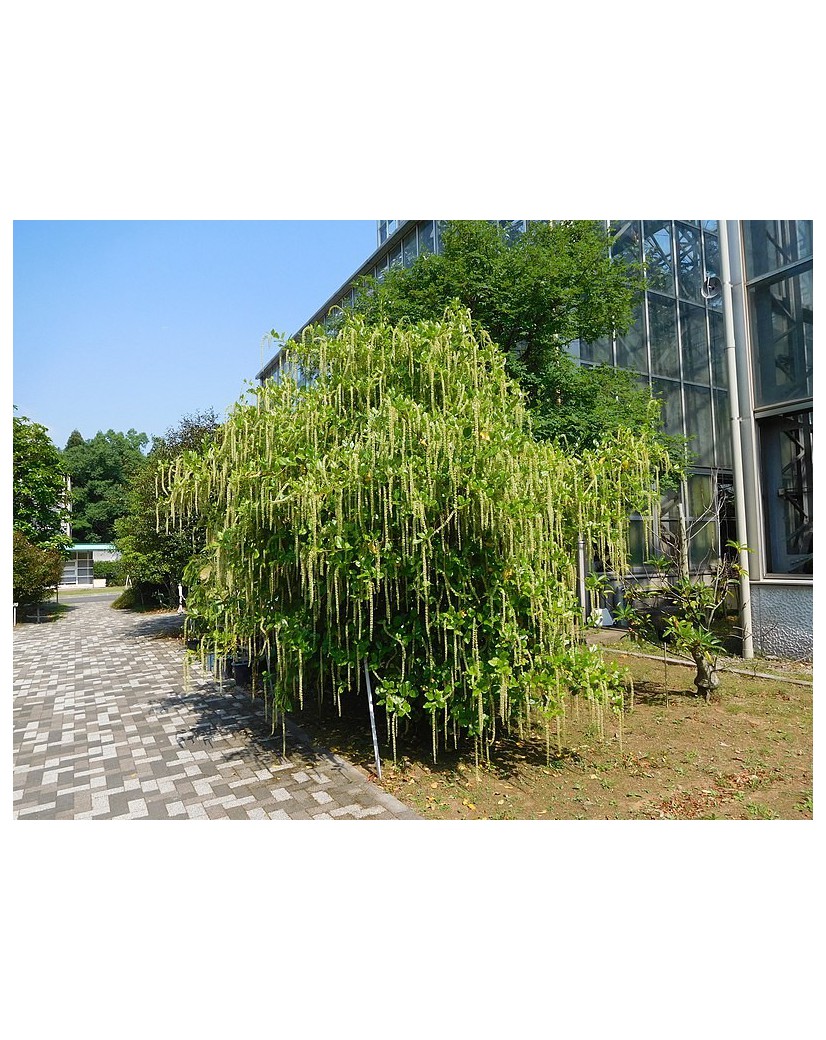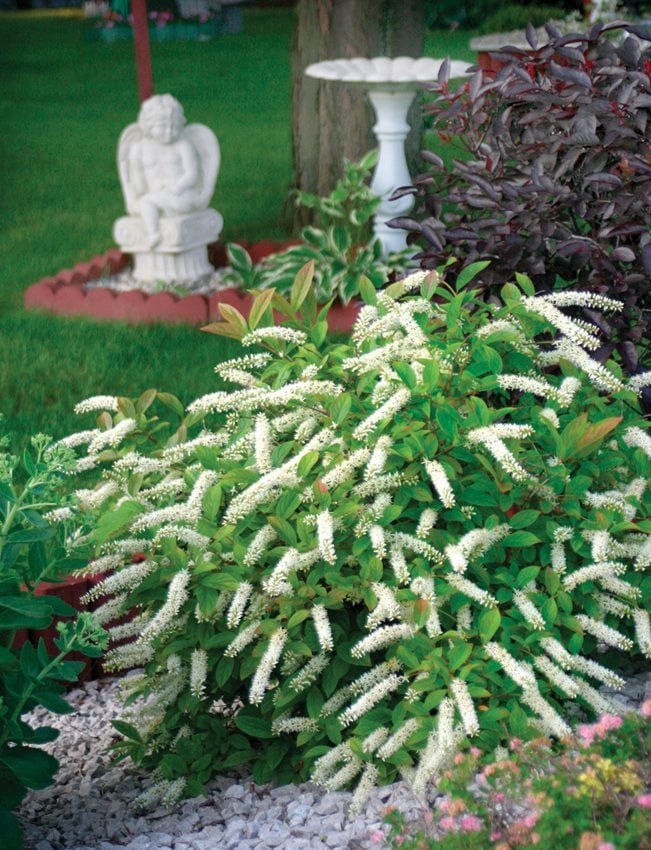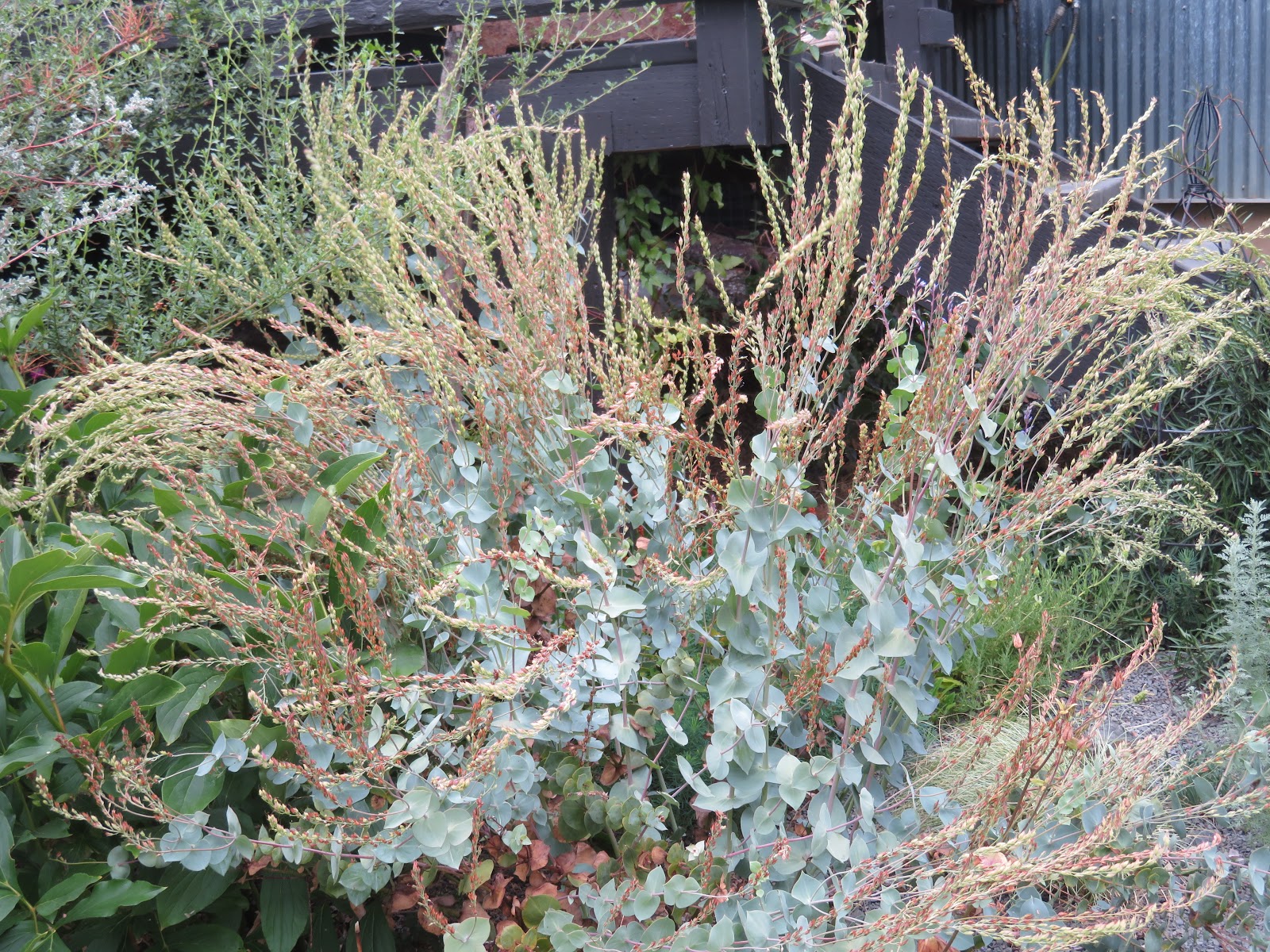How To Grow Itea Iliciifolia The Evergreen Shrub That's
Itea illicifolia, commonly known as holly-leaved sweetspire, is an evergreen shrub that is native to China. It is prized for its attractive foliage, which is glossy green and slightly serrated, and its fragrant white flowers, which bloom in late summer and early fall. Itea illicifolia is a relatively easy plant to grow, and it is a good choice for gardens in USDA zones 7-9.
Growing Conditions
Itea illicifolia prefers full sun to partial shade and moist, well-drained soil. It is tolerant of a wide range of soil pH levels, but it does best in acidic soils. Itea illicifolia is not drought-tolerant, so it is important to water it regularly during the summer months.
Pruning
Itea illicifolia does not require a lot of pruning. However, you may want to remove any dead or damaged branches in the spring. You can also prune it to shape it or to keep it in check. If you are pruning it to shape it, it is best to do so in the early spring, before it blooms.
Fertilization
Itea illicifolia does not require a lot of fertilizer. However, you may want to fertilize it once a year in the spring with a balanced fertilizer.
Winter Care
Itea illicifolia is hardy in USDA zones 7-9. In colder climates, it may need to be protected from winter winds and cold. You can do this by wrapping the plant in burlap or by planting it in a sheltered location.
Propagation
Itea illicifolia can be propagated by seed, cuttings, or layering. Seed propagation is the least successful method, but it can be done by sowing the seeds in the spring. Cutting propagation is the most successful method. To take cuttings, cut a 4-6 inch section of stem from a healthy plant in the spring or summer. Remove the lower leaves from the cutting and dip the cut end in rooting hormone. Plant the cutting in a pot of moist potting mix and keep the soil moist. The cutting should root in about 4-6 weeks. Layering is another method of propagation. To layer a plant, bend a low-hanging branch to the ground and cover the tip with soil. The branch will eventually root and form a new plant.
Problems
Itea illicifolia is a relatively problem-free plant. However, it can be susceptible to a few pests and diseases, including aphids, scale insects, and powdery mildew. If you see any pests or diseases, you can treat them with insecticidal soap or fungicide.
Uses
Itea illicifolia is a versatile plant that can be used in a variety of ways in the garden. It can be used as a specimen plant, in a hedge, or in a mixed border. It is also a good choice for growing in containers.
Conclusion
Itea illicifolia is an attractive and easy-to-grow evergreen shrub that is perfect for any garden. It is tolerant of a wide range of conditions and is not prone to many pests or diseases. If you are looking for a new plant to add to your garden, Itea illicifolia is a great option.
Itea ilicifolia, also known as holly-leaved sweetspire, is an evergreen shrub that is native to western China. It grows to be 3-5 meters tall and 3 meters wide, and has glossy holly-like leaves and fragrant drooping racemes of greenish-white flowers. It is hardy in zones 6b-9, and prefers full sun or partial shade and moist, well-drained soil. It is a low-maintenance plant that is resistant to pests and diseases, and is a good choice for bee gardens.
To learn more about itea ilicifolia, please visit Home Gardening.
FAQ of itea ilicifolia
What is Itea ilicifolia?
Itea ilicifolia is an evergreen shrub native to China. It is also known as holly-leaved sweetspire, due to its holly-like leaves with spiny teeth. The shrub grows to be 3-5 meters tall and has fragrant white or greenish flowers that bloom in summer. Itea ilicifolia is a relatively easy-care plant that is drought-tolerant and can withstand full sun or partial shade.
Where can I plant Itea ilicifolia?
Itea ilicifolia can be planted in a variety of locations, but it prefers well-drained soil and full sun or partial shade. It is a good choice for planting in borders, hedges, or as a specimen plant. The shrub can also be grown in containers.
How do I care for Itea ilicifolia?
Itea ilicifolia is a relatively low-maintenance plant. It needs to be watered regularly during the first year after planting, but it can tolerate drought once it is established. The shrub should be fertilized once a year in spring with a balanced fertilizer. Itea ilicifolia does not need to be pruned often, but it can be pruned in spring to remove dead or damaged branches.
What are the pests and diseases that affect Itea ilicifolia?
Itea ilicifolia is generally a pest- and disease-free plant. However, it can be susceptible to scale insects and powdery mildew. Scale insects can be treated with insecticidal soap or neem oil. Powdery mildew can be treated with a fungicide.
How long does Itea ilicifolia live?
Itea ilicifolia can live for many years, with some plants reported to be over 100 years old.
What are the benefits of planting Itea ilicifolia?
Itea ilicifolia is a beautiful and versatile plant that can add interest to any garden. It is evergreen, so it provides year-round color and interest. The shrub is also fragrant, with white or greenish flowers that bloom in summer. Itea ilicifolia is relatively easy to care for and is drought-tolerant. It is also a good choice for pollinator gardens, as it attracts bees and butterflies.
Image of itea ilicifolia
- A close-up of the leaves of Itea ilicifolia. The leaves are oval-shaped and have sharp teeth along the edges. They are a glossy green color.

- A full-grown Itea ilicifolia plant. The plant is about 6 feet tall and has a spreading growth habit. The branches are covered in dark green leaves.

- A cluster of white flowers on an Itea ilicifolia plant. The flowers are small and bell-shaped. They have four white petals.

- A close-up of the flowers of Itea ilicifolia. The flowers are slightly fragrant. They have a central cluster of yellow stamens.

- A ripe fruit of Itea ilicifolia. The fruit is a small, round berry. It is red in color.

- A group of Itea ilicifolia plants growing in a garden. The plants are planted in a sunny spot. The soil is moist and well-drained.
/assets/plant_itea_ilicifolia_1_69.jpg)
- A young Itea ilicifolia plant in a pot. The plant is about 2 feet tall. It is planted in a pot that is slightly larger than the root ball.

- A winter scene with an Itea ilicifolia plant. The plant is dormant for the winter. The leaves have fallen off, but the branches are still green.
/assets/plant_itea_ilicifolia_1_69.jpg)
- A close-up of the bark of an Itea ilicifolia plant. The bark is smooth and grayish-brown in color. It has small, raised lenticels.
- A root system of an Itea ilicifolia plant. The roots are thick and fibrous. They are well-developed and help the plant to anchor itself in the soil.


Post a Comment for "How To Grow Itea Iliciifolia The Evergreen Shrub That's"